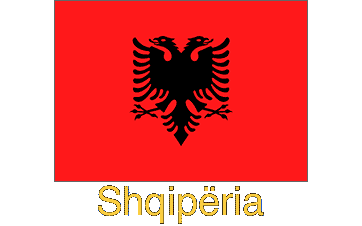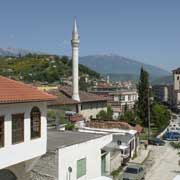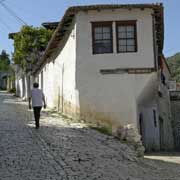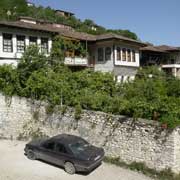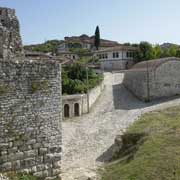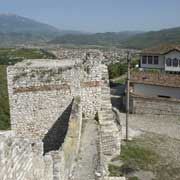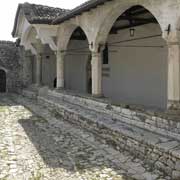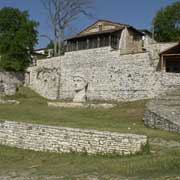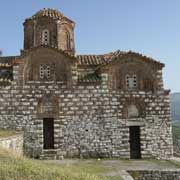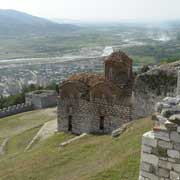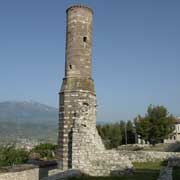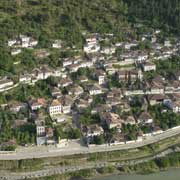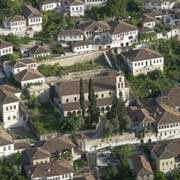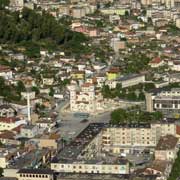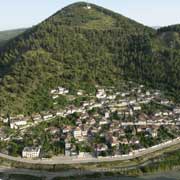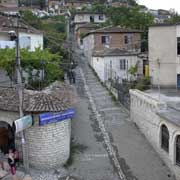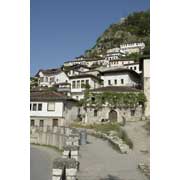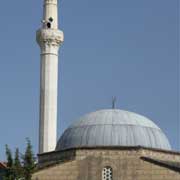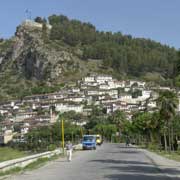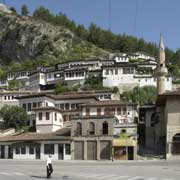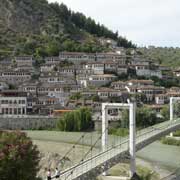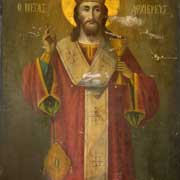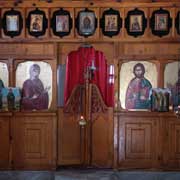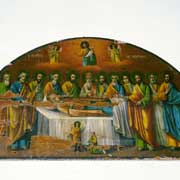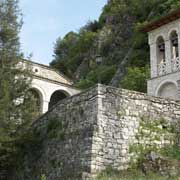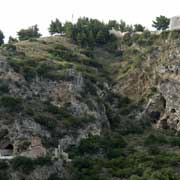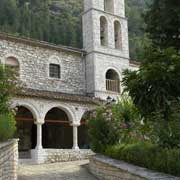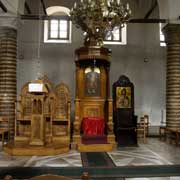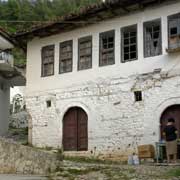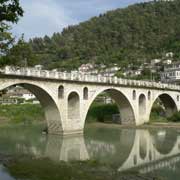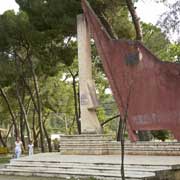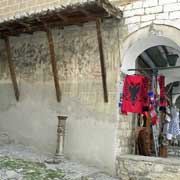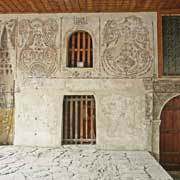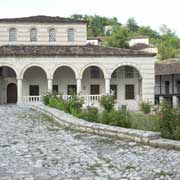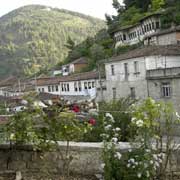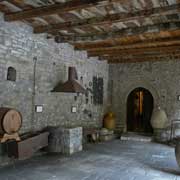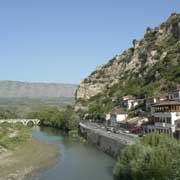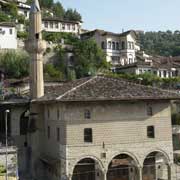Photos from Albania
Berat, Albania’s most picturesque town
Berati (or Berat in a sentence with a preposition) is probably the most picturesque town in Albania. The old town, the Mangalam district, already proclaimed a “Museum City” by the dictator Enver Hoxha in June 1961, was inscribed on UNESCO’s World Heritage List in July 2008. Berat now has a population of around 33,000 people.
you may then send it as a postcard if you wish.
Berat is one of the oldest towns in Albania; it was already a fortress-settlement of the Greek Dassaretae tribe on the ancient border between Illyria and Epirus in the 6th Century BCE. It fell to the Romans in the 2nd Century BCE and was part of the Byzantine Empire, known as Pulcheriopolis. It was captured by the Bulgarians in the 9th Century and renamed “Belgrad” (White City), which may be the origin of the name “Berat”. After subsequent Epirote, Byzantine, Sicilian and Serb rule, the Ottoman Turks eventually conquered it in 1450. It remained part of the Ottoman Empire until 1912. Ali Pasha of Tepelena, however, seized it in 1809 and ruled it for many years as his own fiefdom. Berat played an important role in Albanian national revival in the 19th Century.
Below the 14th-century Kalaja (Kala or citadel) on the left bank of the Osumi river is Mangalemi (Mangalam), the traditionally Muslim district with its finely decorated houses with large windows overlooking the town. Although sometimes called “The City of a Thousand Windows”, this is a mistranslation from the description by the famous Albanian writer Ismail Kadare; he called Berat “Qyteti i një mbi një dritarevë”, “The City of a one Window over another”. The “një mbi një” (one over another) was confused with “një mijë” (one thousand). But the correct meaning is obvious: Mangalem District is built on a steep hill, and the windows seem to be placed over another when seen from a distance. There are several beautiful mosques, the King’s Mosque (Xhamia Mbret, 1512), the Leaden Mosque (Xhamia e Plumb it, 1555) and Batchelor’s Mosque (Xhamia e Beqarëve, 1827), the latter with beautiful paintings on the outside walls. Right in Mangalam is the Hotel Mangalemi, in a beautiful Ottoman villa, the first hotel to be opened here after the fall of communism. Another 18th-century Ottoman villa houses the Ethnographic Museum along the narrow cobbled street leading up towards the citadel.
Berat is dominated by its impressive Kalaja, the citadel built on ancient Illyrian foundations along a rocky ridge above the town. Most buildings inside the fortress were built during the 14th Century and have been preserved as cultural monuments. The population of the fort was Christian; there were about 20 churches, mostly erected during the 13th Century. Over the years, most deteriorated, and now only some remain. The largest church is the Cathedral of Shën Maria (Saint Mary), rebuilt in 1797 and the most representative monument of post-Byzantine architecture in Berat. It houses the Onufri National Museum in honour of Onufri, the famous 16th Century Albanian painter, and houses an extensive collection of his beautiful frescoes. The 13th-century Church of Saint Mary of Vllaherna, perched high on the side of a hill in the fortress, has 16th-century mural paintings by Nikolla, Onufri’s son. The citadel has only one mosque, the Xhamia e kuqe (Red Mosque), built in the latter half of the 15th Century for the use of the Turkish garrison. Only a few ruins and the base of the minaret survives.
On the left bank of the Osumi river below Mount Shpirag is the traditionally Christian quarter of Gorica. The name is derived from the Old Slavic word for “little mountain” and refers to Mount Sphirag compared to the much higher Mount Tomorr (2,400 metres) that towers over Berat. A legend tells that Tomorr and Shpirag were once giants who fought over a young woman. They killed each other, and the girl drowned in her tears, which became the Osumi River. Gorica is a picturesque neighbourhood with several Orthodox churches. Just across the footbridge that links it with the centre of Berat is the small church of St. Thomas (Shën Tomi), with many old icons. Saint Spyridon Church and Monastery are also worth visiting, with their richly carved pulpit and beautiful icons. The neighbourhood is a maze of narrow alleys and Ottoman-style houses. A seven-arched stone bridge, dating from 1780, connects it with the other bank further downstream.


